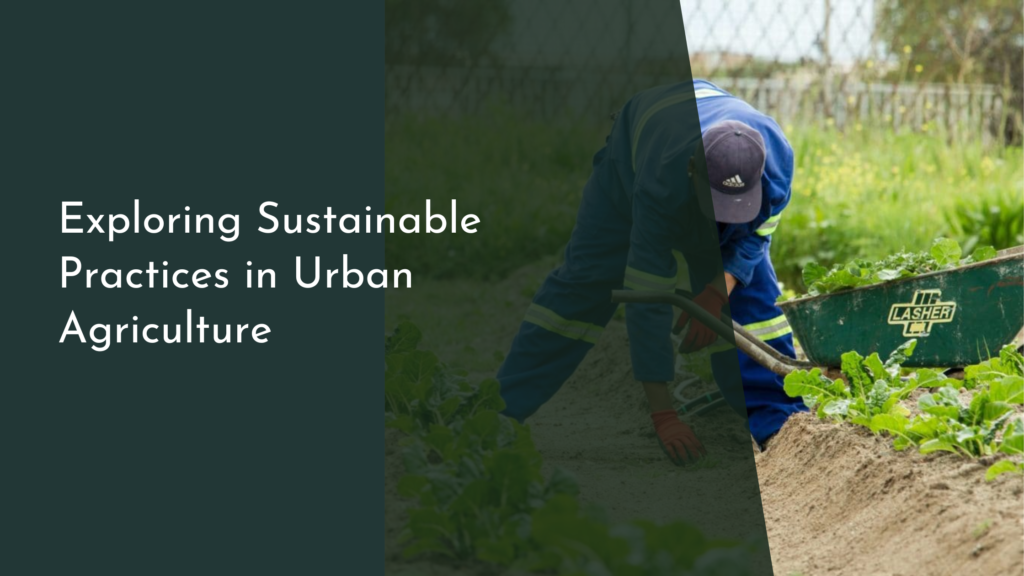How to Harvest Herbs Without Damaging the Plant
Harvesting herbs from your garden is one of the most rewarding experiences for any gardener, whether you’re a seasoned pro or just starting out. The joy of snipping fresh leaves to enhance your favorite meals or brewing a delightful herbal tea is unmatched. However, it’s essential to learn how to harvest these plants properly to ensure their health and longevity. In this article, we will explore the art of harvesting herbs without damaging the plant, ensuring that your green companions continue flourishing for seasons to come.
Understanding the right techniques for harvesting can elevate your gardening experience and foster a deeper connection with nature. Not only does proper harvesting encourage new growth, but it also enhances the flavor and aroma of the herbs you cultivate. So, let’s dive into the essential tools, techniques, and tips needed to master the art of harvesting herbs while keeping your plants thriving!
The Joy of Harvesting: Why It Matters for Your Herbs
Harvesting herbs is not just about collecting leaves for culinary use; it plays a crucial role in the overall health and growth of the plant. When you trim the leaves, you trigger the plant’s natural response to produce more foliage, leading to a bushier and more abundant yield. This practice, known as "pinching back," stimulates new growth and can prolong the life of the herb, ensuring you have a steady supply for your kitchen.
Moreover, harvesting encourages the plant to focus its energy on producing flavorful leaves rather than bolting or flowering, which can diminish the quality and taste of the herbs. For many gardeners, this cycle of care and nurturing creates a fulfilling connection to their plants. By learning to harvest correctly, you can enjoy the dual benefits of fresh herbs and a thriving garden, bringing joy to both your palate and your green space.
Essential Tools and Techniques for a Successful Harvest
To harvest herbs effectively, it’s important to have the right tools on hand. A pair of sharp, clean scissors or garden shears is ideal for trimming leaves without causing damage. Ensure your tools are sterilized to prevent any potential transfer of diseases between plants. Additionally, using gloves can protect your hands from any sap or oils, especially when harvesting aromatic herbs such as basil or rosemary.
In terms of technique, always aim to cut just above a leaf node or where two leaves meet the stem. This strategy encourages healthy regrowth and provides a clean cut that minimizes stress to the plant. Avoid taking more than one-third of the plant at a time; over-harvesting can stunt its growth or even lead to its demise. By equipping yourself with the right tools and techniques, you set the stage for a bountiful harvest while safeguarding the life of your herbs.
Step-by-Step Guide to Harvesting Your Favorite Herbs
-
Choose the Right Time: The best time to harvest herbs is in the morning, after the dew has dried but before the sun is too intense. This timing ensures the highest concentration of essential oils and flavors in the leaves.
-
Inspect Your Plants: Look for healthy, vibrant leaves to harvest. Avoid any parts that appear discolored or damaged, as these can affect the overall quality of your harvest.
-
Make Clean Cuts: Using your scissors or shears, make clean cuts above a leaf node. Aim for the top leaves first, as this promotes bushier growth. For larger herbs like basil, consider cutting whole stems rather than just individual leaves to allow for more robust regrowth.
-
Savor the Moment: As you harvest, take a moment to enjoy the aroma and texture of the herbs. This connection enhances your appreciation for your garden and the food you prepare with these fresh ingredients.
Tips for Maintaining Healthy Plants After Harvesting!
After harvesting, the work doesn’t stop! To keep your herb plants thriving, it’s important to provide them with proper care. Water the plants thoroughly but avoid overwatering, as this can lead to root rot. Ensure they receive adequate sunlight, which is crucial for new growth. If you’ve harvested a significant amount, consider giving the plant a little extra nourishment with diluted liquid fertilizer to boost its recovery.
Additionally, keep an eye out for pests or diseases, particularly after a harvest when the plant may be more vulnerable. Regularly check the leaves and stems, and remove any yellowing or damaged parts to prevent infestations. By maintaining a consistent care routine, your herbs will continue to flourish, providing you with flavorful additions to your meals time and time again.
Harvesting herbs can be a delightful and enriching experience that enhances both your gardening skills and culinary endeavors. By learning the proper techniques for harvesting without damaging the plants, you can enjoy a thriving herb garden that keeps giving back. With the right tools, timing, and care, your herbs will not only continue to grow but also reward you with their robust flavors and fragrances. So, grab those scissors, and let the harvesting begin! Happy gardening!

